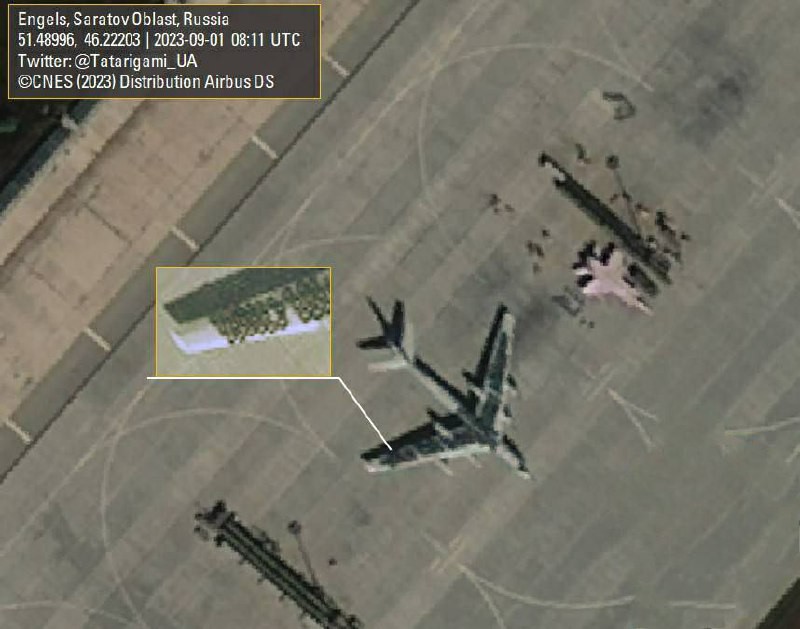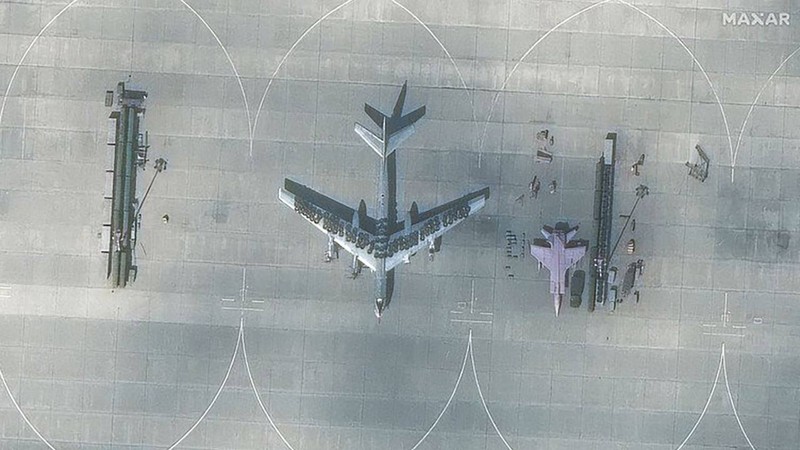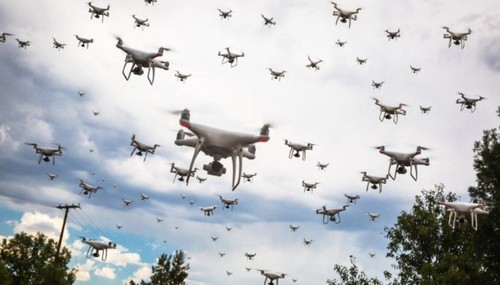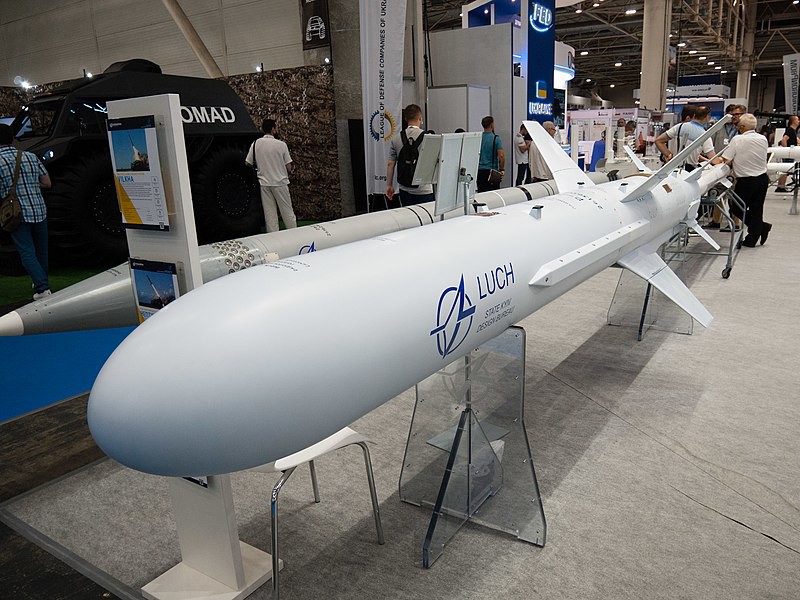Fresh satellite imagery of the Russian air base Engels in the Saratov region.
They show two Tu-95 strategic bombers covered with car tires.


The Russians have their own saying that says they make everything "out of shit and sticks". It seems that this funny example with car tires fits her perfectly.
Recently, Ukrainian UAV attacks on Russian airfields and other military targets have become more frequent, so Russia has transferred its strategic aviation further to the east.

While the Russian Federation is once again stocking up on missiles to once again try to leave ukrainians without electricity and heating in the winter, Ukraine has its own strategy for the autumn-winter season called the "Army of Drones".
The "Army of Drones" project started on July 1, 2023, and it is planned to produce 180,000-200,000 drones this year. This was announced by the head of the State Special Service Yurii Shchygol.
If earlier Ukraine produced ~1,000 UAVs per month, now we produce about 15,000 each month, and this number will continue to increase.
And we are already seeing the effectiveness of this strategy. At first, the territory of the Russian Federation was attacked by single UAVs, and now they are flying in flocks of 40-50 units. Then there will be "waves" of hundreds of drones at a time.

Also, judging by many indirect signs, Ukraine carried out another modification of the "Neptune" missile, adapting it to strikes against ground targets and increasing the range.
Basically, our UAVs are lightweight and can carry a small warhead of 20-70 kg. This is quite enough to destroy an airplane at an airfield or an oil storage facility, but we often see really powerful "arrivals" recorded on video/audio on the territory of the Russian Federation, when by the force of the explosion it is possible to accurately estimate that what is exploding is clearly not a 20-kilogram charge.
It is actually not so difficult to modify the "Neptune" for strikes on the territory of the Russian Federation: it is enough to change the guidance system. To increase the range, it is enough to change the main "pipe" to a longer one, so that it can hold more kerosene.
Let me remind you that our "Neptunes" are a refinement of the Soviet Х-35 missile, which was also produced in Ukraine, in Zaporozhye ("Switchblade" in NATO terminology). Compared to the Х-35, the "Neptune" has a longer range, a more powerful warhead and a better guidance system.

✍ Bogdan Karasiov, September 6, 2023.
Comments